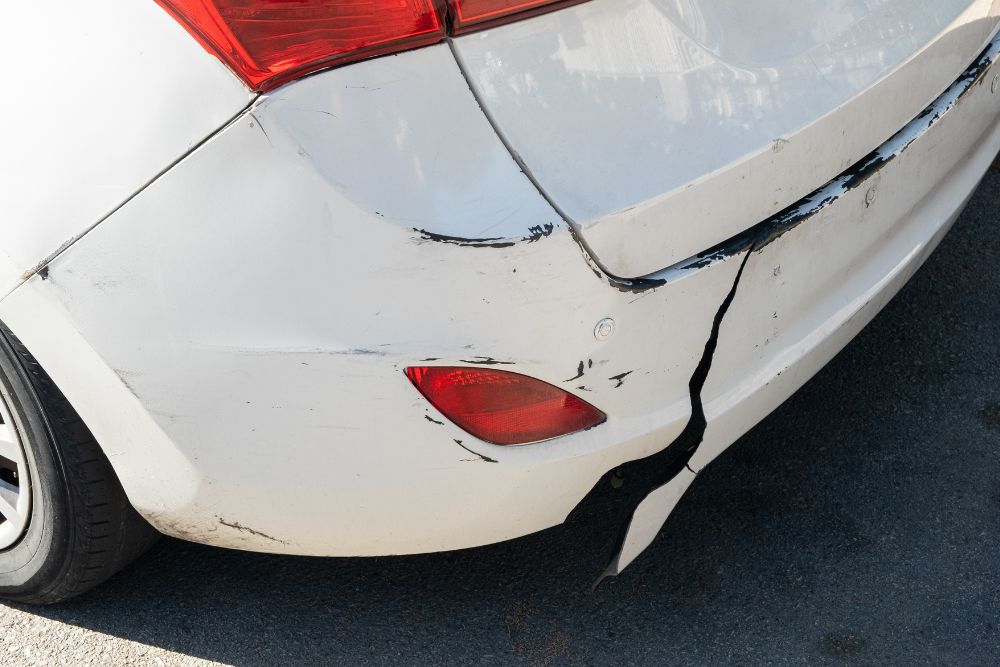Nobody wants to address car problems if they don’t have to. The truth is that every day, many drivers are on the road with forms of damage that present a real hazard. While it doesn’t impact your car mechanically, there are many good reasons why you shouldn’t drive with a damaged bumper. Learn how this seemingly insignificant bit of damage can make your vehicle much more likely to be at risk.
Compromised Safety
One of the primary functions of your car’s bumper is to provide a buffer that absorbs impact during collisions. Bumpers reduce the force of an impact, protecting your car and the occupants inside. A damaged bumper cannot adequately absorb the force from another collision, putting you and your passengers at risk of injury. There are several steps to repairing a bumper that can make it safe to drive again. You can fix some minor damage at home, but you may want to contact a professional body shop for serious dents.
Decreased Resale Value
When you drive with a damaged bumper, you are devaluing your vehicle. Cosmetic defects can negatively impact resale value, leaving you with less money when trading in or selling your car. Many car buyers shy away from vehicles with visible damage, meaning it may take you longer to sell your car at a reasonable price. By fixing your bumper as soon as possible, you can preserve your car’s appearance and overall value.
Potential Legal Issues
One of the most basic reasons why you shouldn’t drive with a damaged bumper is that it’s illegal in many areas. Law enforcement officers may issue fines or citations if they deem your damaged bumper a hazard to public safety. Remember, your bumper’s condition is visible to traffic officers—save yourself potential legal headaches (and fines) by promptly repairing or replacing your bumper.
Steps To Take When Facing a Damaged Bumper
Now that you understand why you shouldn’t drive with a damaged bumper, let’s discuss what to do when facing this common issue. If your bumper has only slight damage (minor scratches or dents), it may be possible to repair it yourself or with the help of a professional. For more extensive damage, you’ll likely need to replace the bumper. Reach out to a trusted mechanic or auto body shop to evaluate your bumper’s damage and recommend the best course of action. Don’t compromise safety by delaying repairs—addressing a damaged bumper should be a priority for all car owners.
Keep these points in mind next time you find yourself driving with a damaged bumper. Prioritize safety and maintain your car’s value by promptly addressing any bumper damage. Safe driving is more than just following traffic rules—it also means ensuring your vehicle is in optimal condition.







